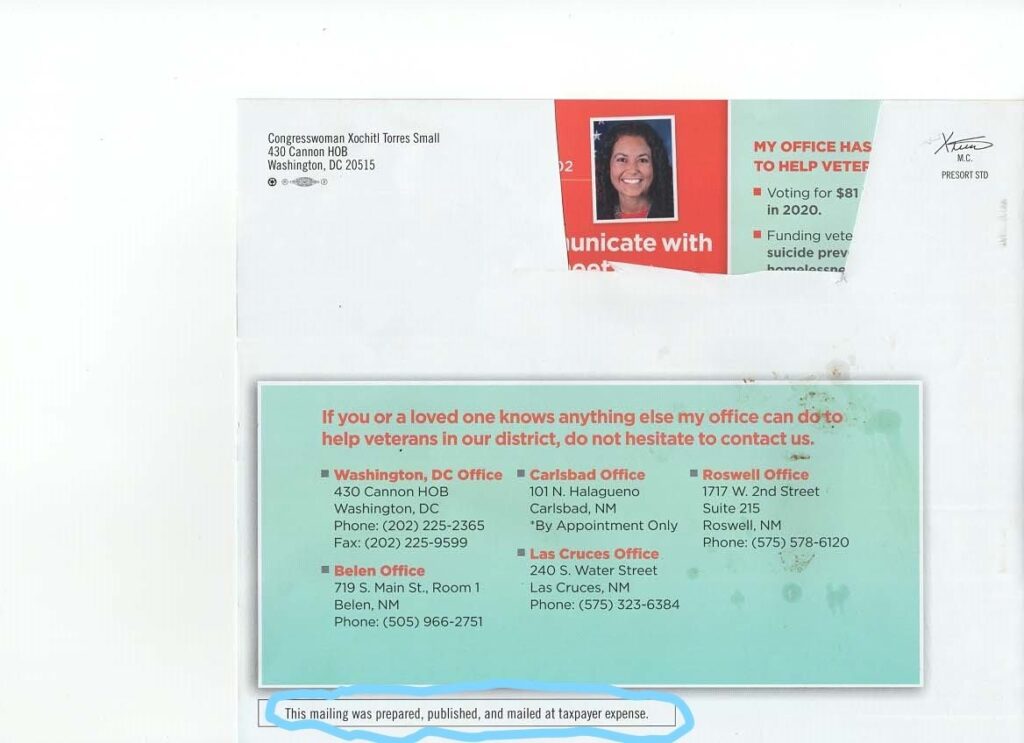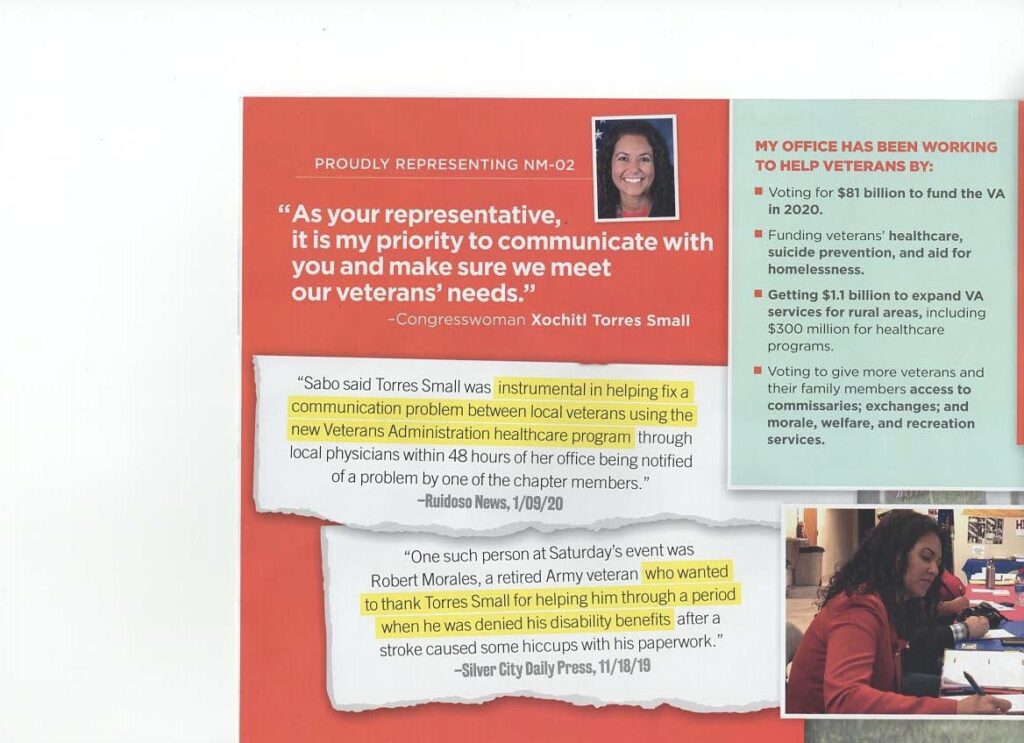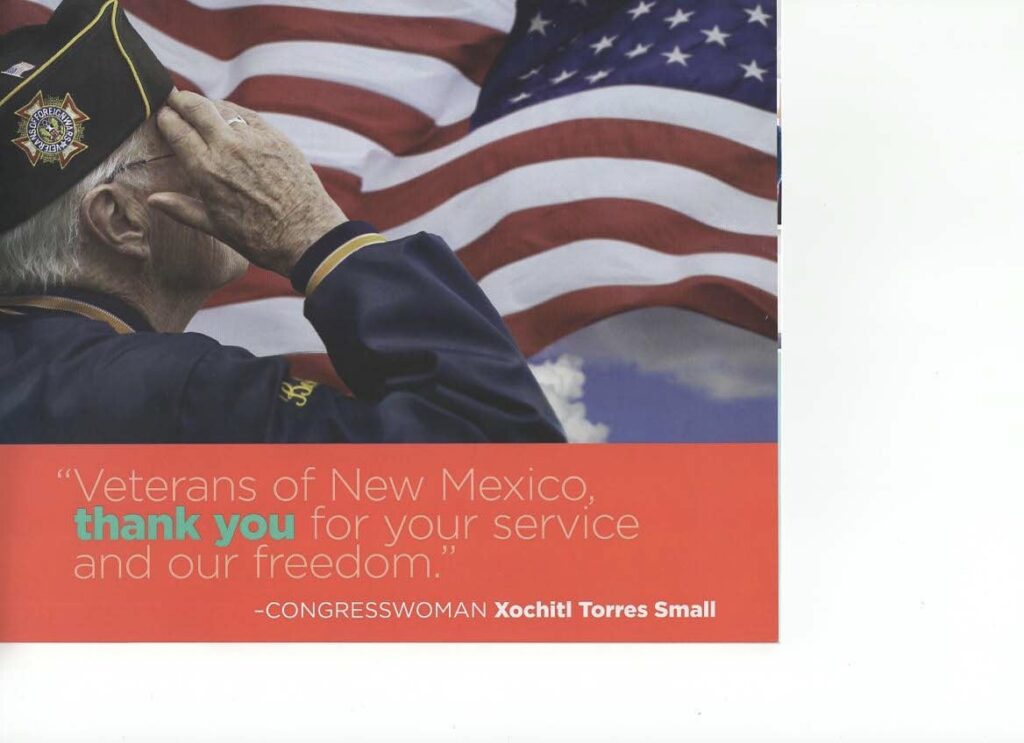Liberal columnist claims GOP lying about election laws bill that would have loosened protections—ends up he’s totally wrong
Last week, liberal columnist Milan Simonich of the Santa Fe New Mexican wrote an opinion piece slamming a comment made by Republican Party of New Mexico Chairman Steve Pearce, who said that the New Mexico “ House approved [House Bill] 229, legislation that would eliminate the need for three forms of voter identification for absentee ballots.”
Simonich wrote, “[Pearce] claims the bill would eliminate the requirement that an absentee voter provide their name, address and year of birth. That’s false. HB 229 makes no such change.”
But HB-229 did indeed eliminate the need for three forms of voter identification for absentee ballots. Simonich appears to be trying to refute Pearce’s claims by using Section six of the bill, which references the application for a ballot, not the ballot itself. Page 21, lines 18-21 of the bill explicitly remove the requirement that the voter fill in their name, address, and year of birth, contradicting Simonich’s claim.
Simonich seems to be unaware of how absentee voting works in New Mexico, especially since HB-229 would dramatically change the security behind absentee voting.
The way the system works currently is that the voter writes to his county clerk asking for an absentee ballot (the ballot application). It does have to include a name, address, and year of birth.
The ballot itself (specifically, the outer envelope of the ballot) has fields for name, address, and year of birth, so if the ballot ends up in someone else’s hands, there’s some attempt to authenticate that the person who filled out the ballot and mailed it back was indeed the voter.
The absentee ballots are often sent to places other than the voter’s home, such as an out-of-state address, a hotel, or somewhere else, and there is a risk the ballot can get into someone else’s hands.
HB-229 attempted to remove that voter-ID requirement entirely, creating a new opportunity for the person who got their hands on the ballot to simply fill it in and send it back. A person committing a “crime of opportunity” by finding the ballot by chance would likely not take the time to look up the real voter’s name, address, and year of birth, which is why the need for a second verification is so crucial.
Another way for voter fraud to happen is by a person getting the ballot and filling it out by accident, with the ballot being issued to one person, but another filling it out. Instances of this occurred in 2018’s CD-2 race.
Simonich’s failed attempt at fact-checking flopped on its face, and the Santa Fe New Mexican should issue a retraction for the inaccurate commentary piece.



